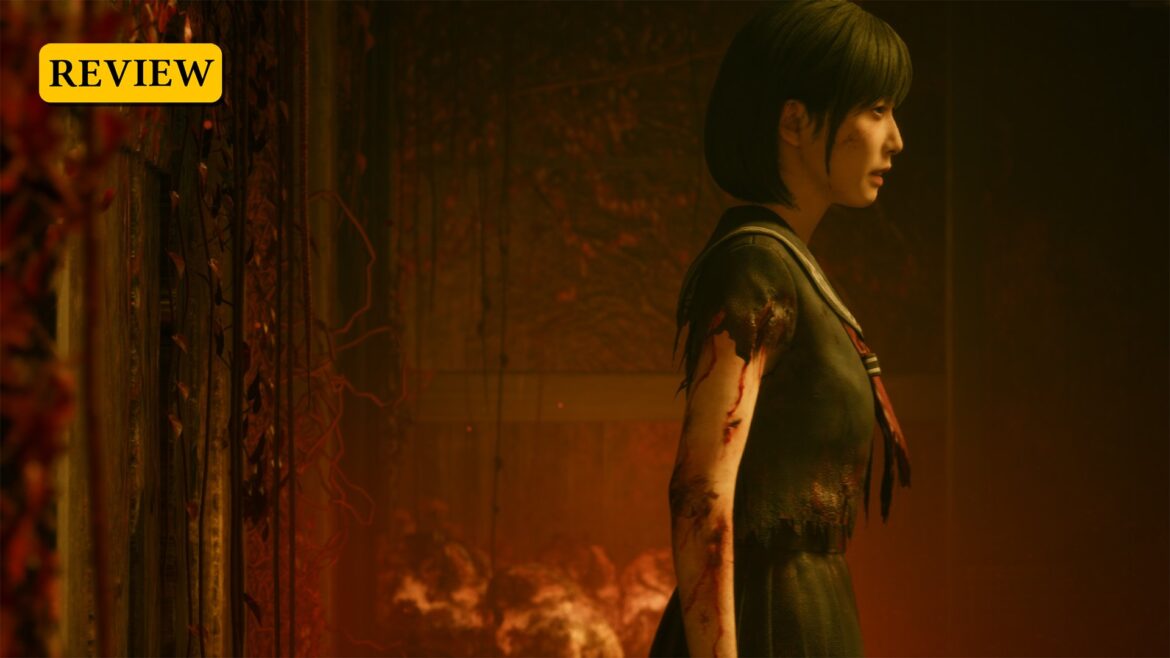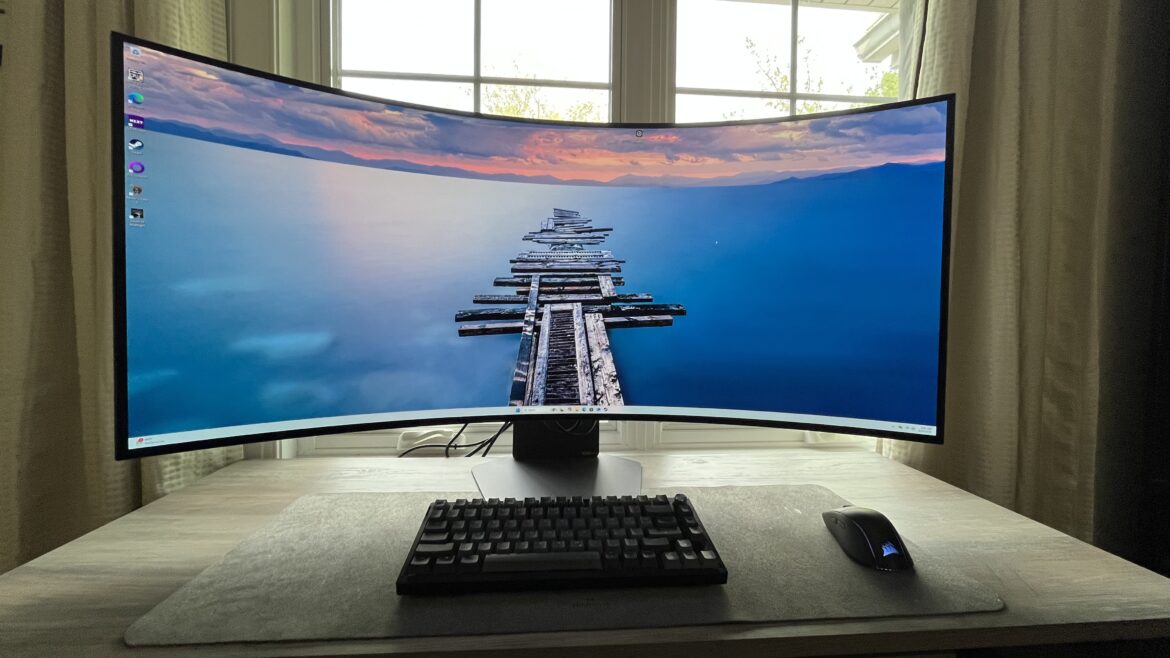Outside of the name change to EA Sports FC, EA Sports’ football series had stagnated. With each passing entry, the community has grown increasingly concerned about the lack of significant changes to the annualized franchise. But after spending several hours with EA Sports FC 26’s many modes, I emerged impressed by the strides EA Sports took with this year’s entry.
Sports games are driven by their communities, and EA Sports turned to community feedback to inform this year’s iterations of the studio’s titles with varying degrees of success. EA Sports FC 26 builds on this by overhauling gameplay with authenticity as its primary goal. Newly introduced for FC 26, the “Competitive” and “Authentic” gameplay presets enable players to choose how they want to play. The former’s arcade style is the perfect mode of play for FUT and the online suite, and the latter imbues career modes with a level of realized play that rewards your time on the pitch.
Authentic mode allows players looking to immerse themselves in the most beautiful game to experience the chaos of scrambles in the box, the value of playing positionally, and the importance of winning every header. With its responsive gameplay, FC 26 is the closest attempt to pure simulation that the franchise has taken in years. But with authenticity comes a more methodical and slow-paced approach to matches, which you can easily feel from the moment you step onto the pitch.
Authentic and Competitive mode choices allow EA Sports FC 26 to develop gameplay that is closest to simulated, deliberate play. However, the most crucial element is that the jarring experience of switching between FUT and other solo-player modes is in your control, with gamble play pacing at your discretion. If you’re a fan of the fast-paced, high-scoring nature of FUT games, you can have that in your career modes. You’re in control of the pace, and that allows you to chart your time in FC 26 your way.
Regardless of which gameplay style you choose, goalkeeping receives a significant boost. Bad goalkeeping drastically impacts your love of the game, so thankfully, I can’t recall any goals that clearly should have been saved or cheap rebounds. This keeps scores lower, works to impact authenticity further, and helps make scoring more dynamic.
You can feel the most significant difference in goalkeeping while playing FUT, but even as you progress through a career, the keepers you are playing against all feel different. Keepers matter, not just when their overall stats are in the high 90s, and that forces you to plan your attacks instead of just taking every shot on goal. One of the elements that most impacts goalkeeping is the fact that keepers now block with different animations for different saves, which makes it more difficult for strikers.
The enhancements to goalkeeping are a good starting point, particularly because of save percentages that come close to the completion percentages we see in EA Sports College Football’s robo-QB problem, which can push challenging into frustrating, especially in close matches. Better balancing is essential to make this quality-of-life enhancement for a core position a shining star.
Despite the gameplay enhancements, EA Sports FC 26 sometimes shanks the punt thanks to technical issues, including menu crashes and server disconnects. These aren’t constant, but when they do happen, they not only remove you from the immersion – they remove you from the game itself. What starts to wear on you is how frequently your account will disconnect from EA Sports servers, which, depending on the mode, will force you to stop playing, even if the game technically hasn’t crashed.
Choice continues to guide EA Sports FC 26 in Player Career mode with the introduction of archetypes. At first glance, archetypes may seem familiar to those who also play EA Sports’ American football games. However, FC 26 isn’t copying anyone’s homework and instead has introduced a robust archetype progression system that adds much-needed depth to developing your player.
Inspired by the real-life greats, the Archetype system is more realized than any other EA Sports has put together. Replacing the Player Growth System of the past, everything you do as a player matters. From on-pitch goals to hit, set forward by your manager, to the choices you make off the field, player development isn’t just about looking at stat lines. Instead, you’re developing an entire identity and personality.
Archetypes are broken into three identity categories: Virtuoso, Heartbeat, and Maverick. Are you looking to be the driving force of your team? Are you looking to play all 11 positions on the field? The important thing here is that you get that choice. This is made even more critical as you begin to specialize your player within the Archetypes.
How you respond to your fans on social media, how much you praise your team, and as you start to build your nest egg with your weekly salary, the off-the-field activities also impact how you develop. Each of the choices you make about how to respond after losses, or if you book activities for your fans, shapes how the team views you. As you develop each of these three categories, you unlock different abilities that impact how you play, with the number of slots locked to progression, and from there, the abilities locked by how far into each of the three identity branches you have progressed.
As you begin to specialize and define your player through their playstyle, specializations like Recycler, Maestro, and Spark for forwards, or Progressor and Marauder for defenders, give you control in charting your path and taking advantage of the nuances in how you play. Are you more of a Rapinoe or a Morgan? A Sun or an Mbappe? These specializations work to build that path. Archetypes are the core progression system, and they work exceptionally well to push role-playing expectations and immersion in sports titles.
Much like other RPG choice systems, how you respond, the actions you choose to buy, all contribute to how fast you can unlock Virtuoso, Heartbeat, and Maverick abilities. Additionally, the ability to become a hybrid between all three isn’t easily obtained, pushing you to pick a specialty to get the full benefits. While you can split your identity between two branches, taking the time to read through what you can unlock in the future is essential to building a player you will be happy with. From a gameplay perspective, restricting branch movement is a crucial key to balancing players against one another. This is especially important for building characters within online clubs.
The level of role-playing elements introduced for clubs and Player Career mode is one of the most in-depth overhauls in a sports title yet. It boosts immersion to a point that begs you to engage with your career as more than just scoring goals or landing a new contract. Modern sports titles are, in actuality, one part sport and one part RPG. It’s why we spend much time building Online Dynasties, Franchises, and, for FC 26, clubs. Stepping back and looking at the three standard bearers of the EA Sports catalog, FC 26 offers the most robust RPG experience that the studio has put forward.
EA Sports FC 26 also features the largest roster of players, clubs, and stadiums yet. While this is vital to driving authenticity, it’s also key to immersion. Playing with a newer club, like my home team, Austin FC, as my male pro and the Houston Dash as my female pro, showcased how much investment has been given to both men’s and women’s soccer. Playing through parallel careers, there weren’t many moments that felt like either side was less than the other.
While contracts for both women and men are drastically different, with my Austin FC pro making around $14k a week and my Houston Dash pro making only $1.4k, both players still had access to the same activities, with the prices adjusted to the salary you were locked into – a slight nod to authentic pay disparity without penalizing the player.
The game wants to put you in your player’s shoes, and when you score a goal, you’ll experience a replay of the moment from the first-person perspective. While this feature is fun and has no significant impact on gameplay, the POV feature often suffers from visual issues, including awkward hair clipping through the frame. This stands out even more when compared to the visual successes of character models during cutscenes and gameplay, as well as the immersive stadium presentations.
Even with its issues, EA Sports FC 26 offers a level of player development and immersion that you just don’t get in other sports titles. On the surface, it’s easy to describe the gameplay overhaul as simple quality-of-life updates, but this year’s changes tackle several player frustrations (particularly around goalkeeping), ultimately improving the franchise for the long haul.. EA Sports FC 26 is a robust step forward for a franchise I had lost faith in, and now, I can’t stop playing.






